-
Starry Campion
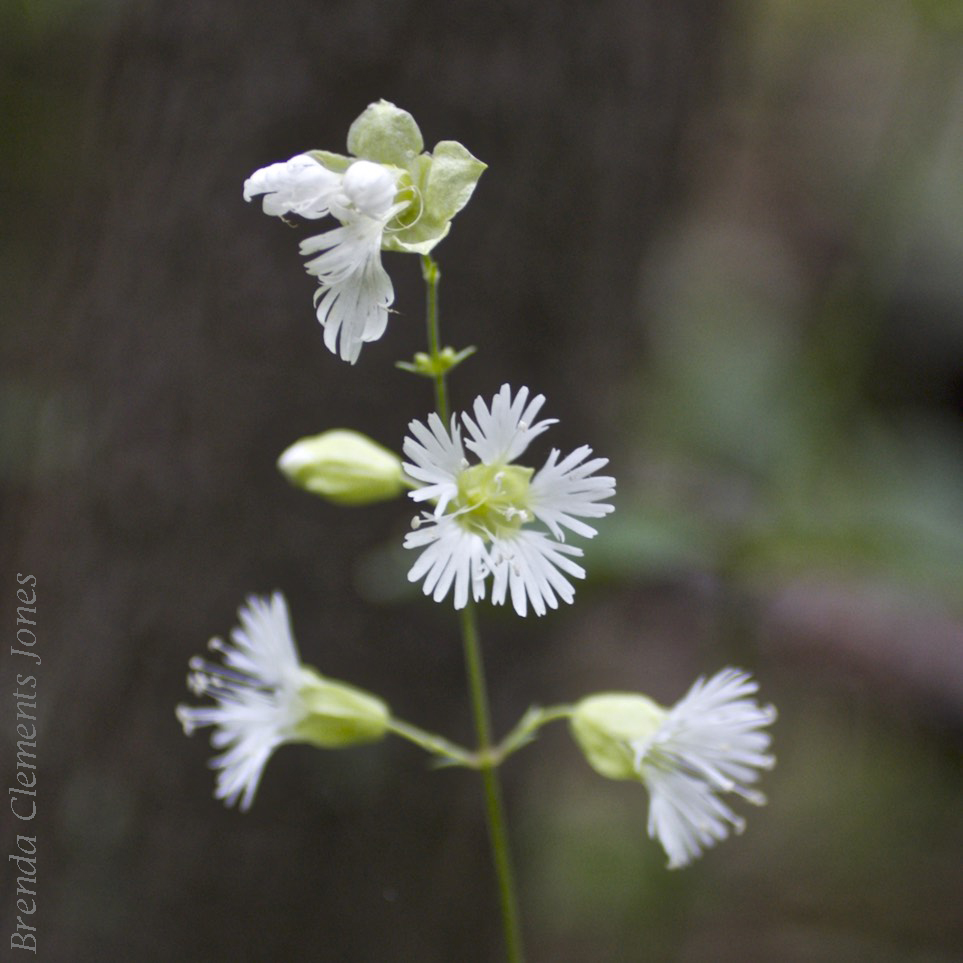
Starry Campion (Silene stellata) is a native plant found in the eastern and central United States. It is here on my mountain, greeting me as I roam the trails. Pollinators are mostly moths and an occasional bumblebee that slurp the nectar. A herbaceous perennial plant, loosely branching, 12 to 30 inches tall. The flower has…
-
Apple Blossom Time
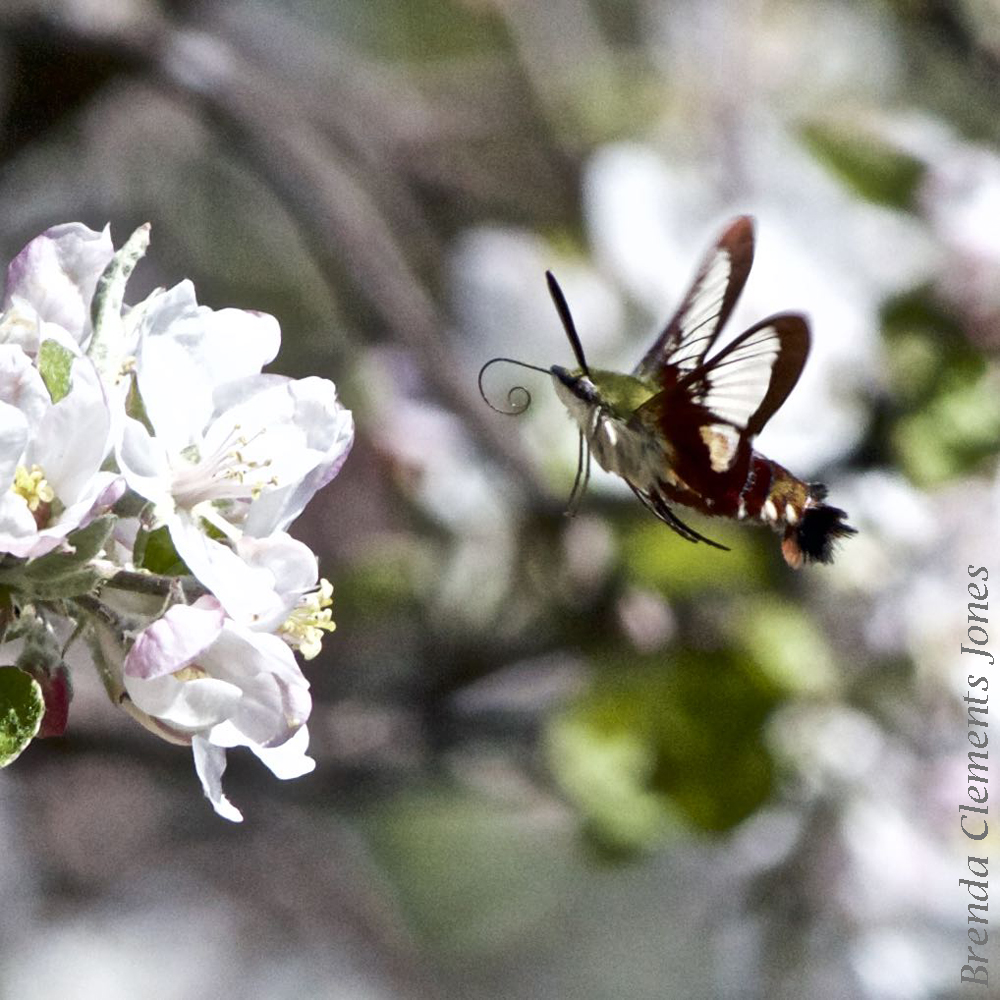
Apple trees at the moment are a huge puff of snow white and soft pink. A delight for pollinators gathering to make the trees buzz with excitement. This pollinator, above, is a Tiger Swallowtail (Papilio glaucus). Two Spicebush Swallowtails (Papilio troilus). A Silver-spotted Skipper (Epargyreus clarus). A Nessus Sphinx Moth (Amphion floridensis). And looking quite…
-
First Tiger Swallowtail
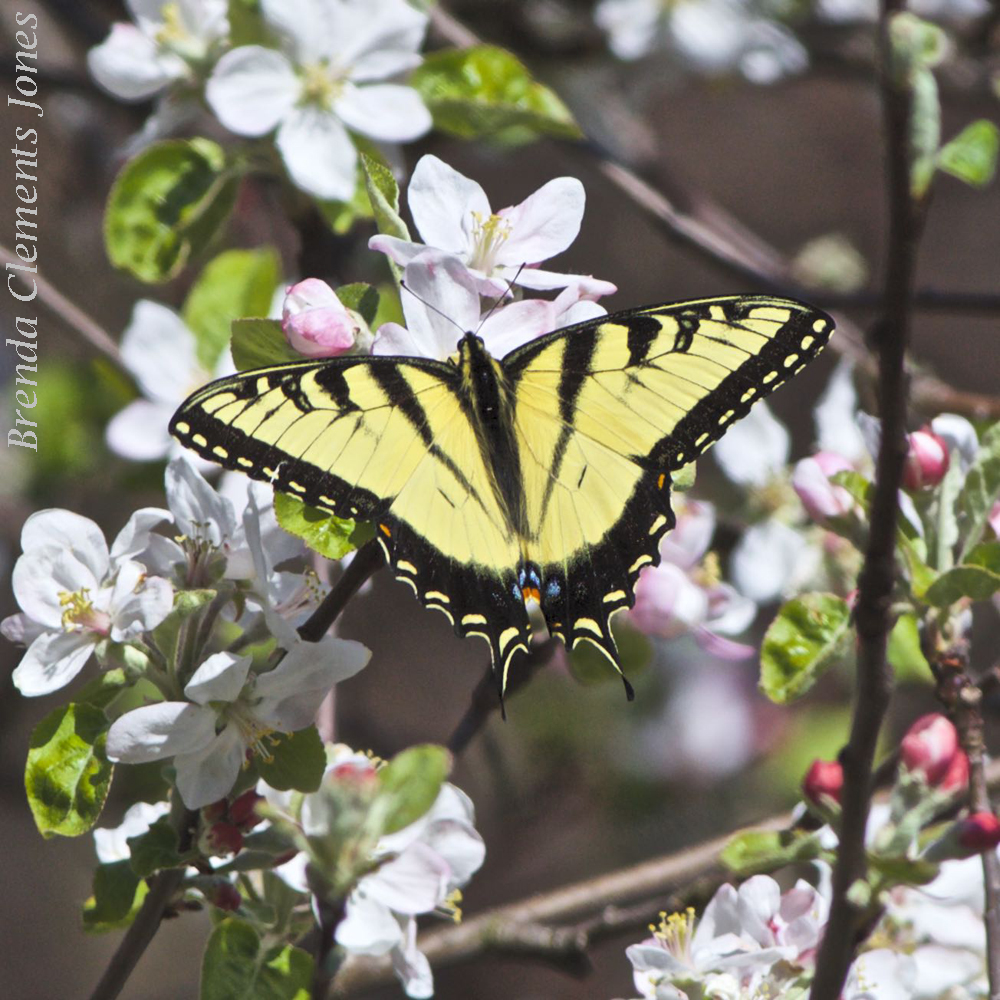
I saw it fluttering about today, this afternoon. Checking out the blossoms. Wondering if they were open, but no, not quite. A few more days and the nectar will be there for the taking. It’s the first Tiger Swallowtail (Papilio glaucus) of the year. Image from 2016
-
White Wood Asters
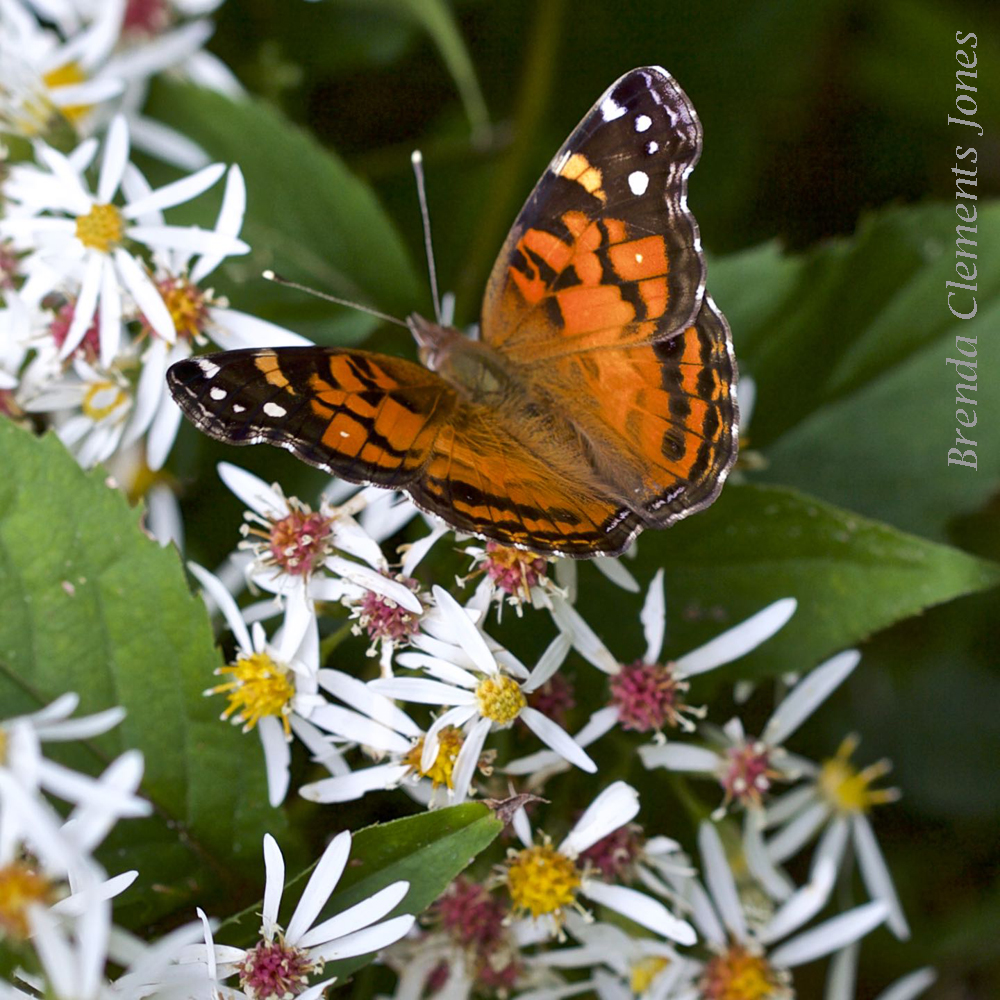
Like many things early in April, White Wood Aster (Eurybia divaricata) is emerging from the soil to greet spring. I’m thrilled to see it in many places in the woods up here. An herbaceous perennial found in the eastern US and southeastern Canada but most often found in the Appalachian Mountains. One of the first…
-
Lavender and Cabbage Whites
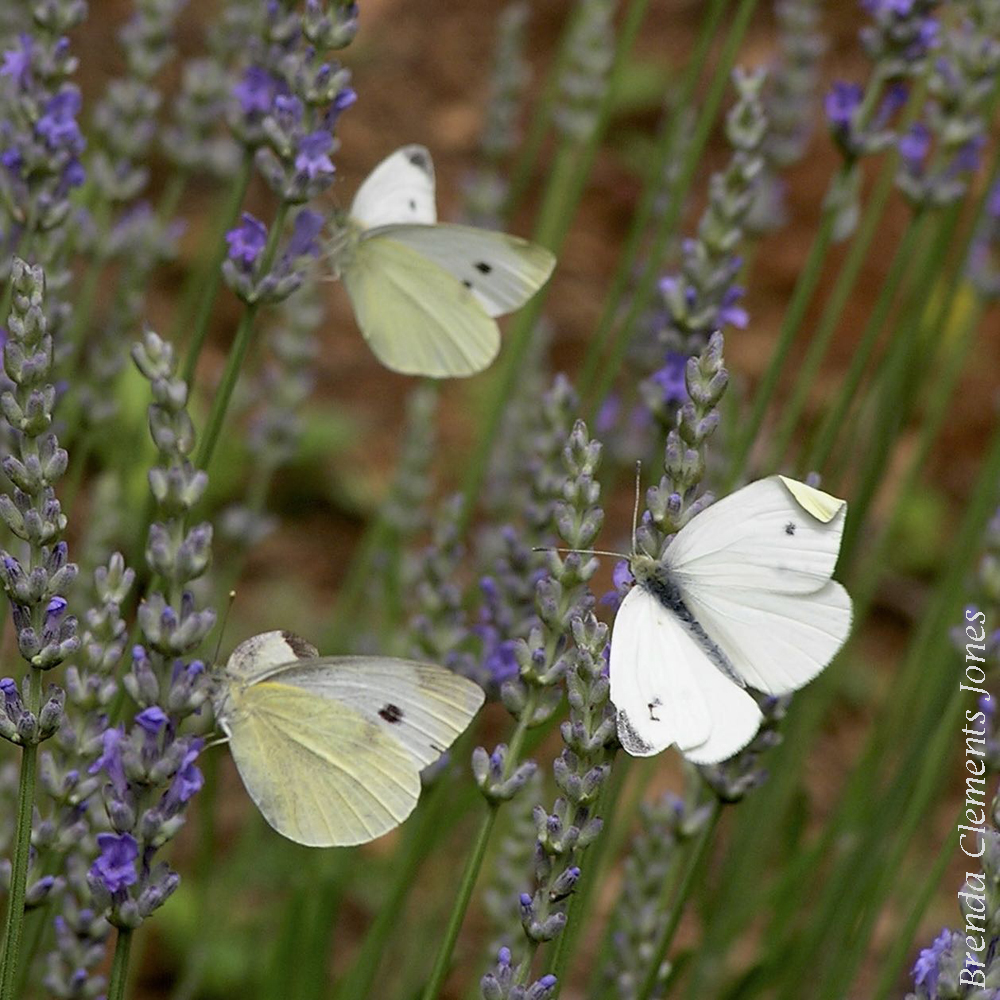
Skipping months ahead, June, and Lavender will be blooming. Ah that scent! I love it. Most people enjoy it too but many insects, including fleas, ticks, flies, and moths are repelled by the scent. As you can see, apparently not Cabbage White butterflies (Pieris rapae). Along with other butterflies, bees are attracted to Lavender, who…
-
Honey Bee
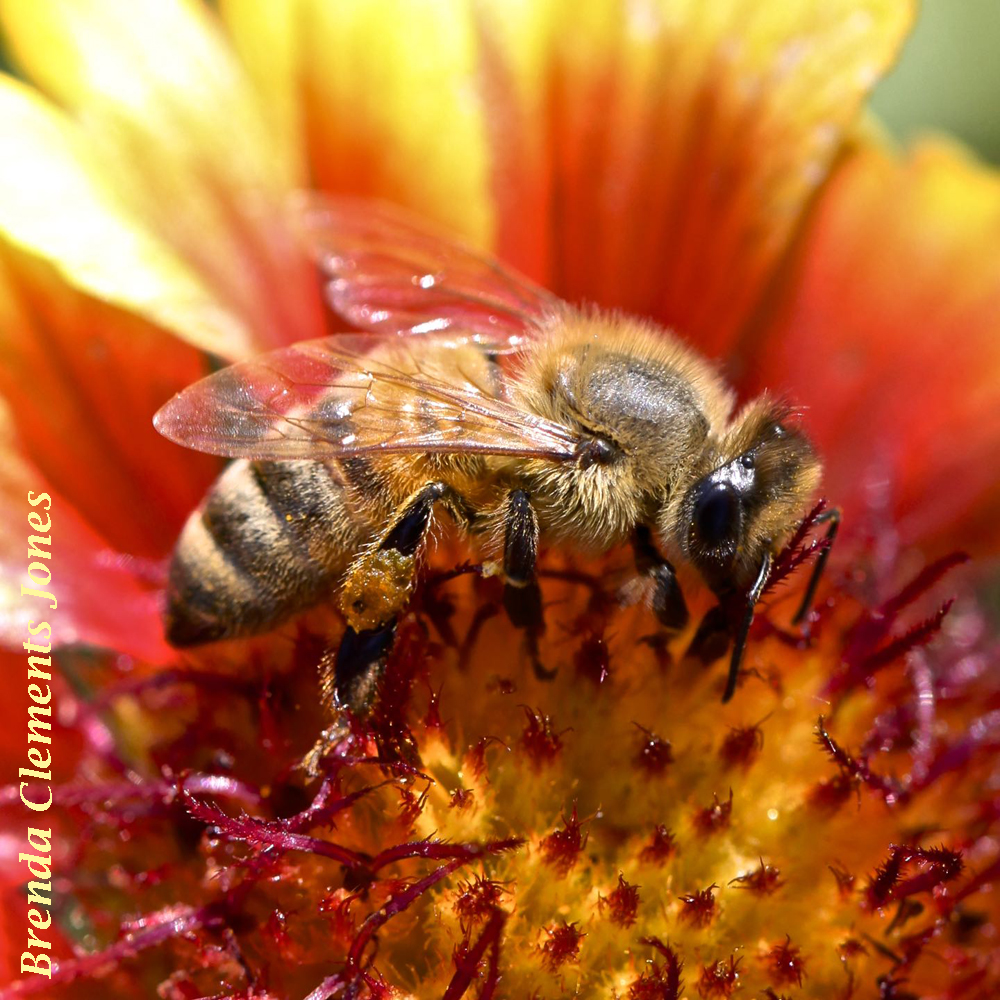
Honey Bee (Apis), surrounded by autumnal color in the center of a Gaillardia, collecting both nectar and pollen. Honey Bees need nectar and pollen for their colony. As they collect the pollen it is unwittingly distributed among other flowers, providing a helping hand, pollinating those flowers. The pollen provides nutrients including protein, which is used…
-
Tiger Swallowtail
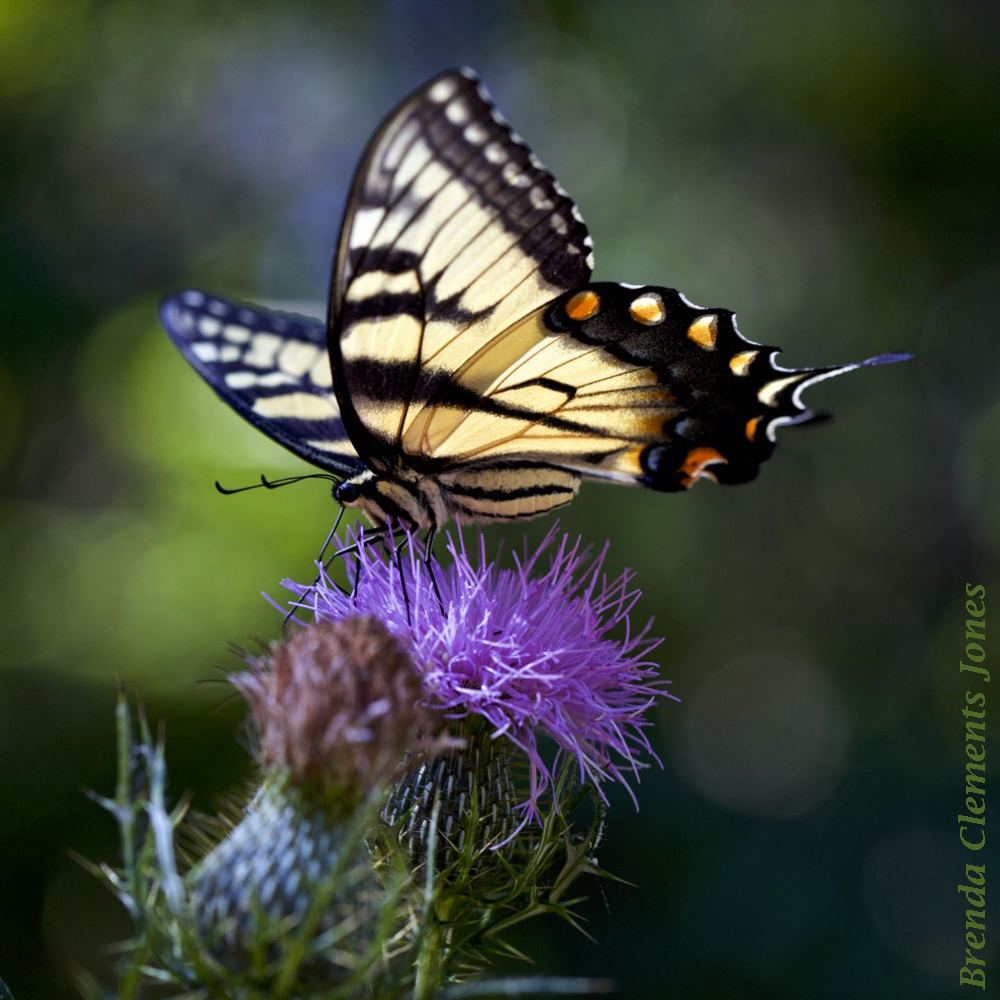
Sitting in the spotlight. Sipping nectar from a puff of powdery pink thistle. Tiger Swallowtail (Papilio glaucus).
-
Obedient Plant
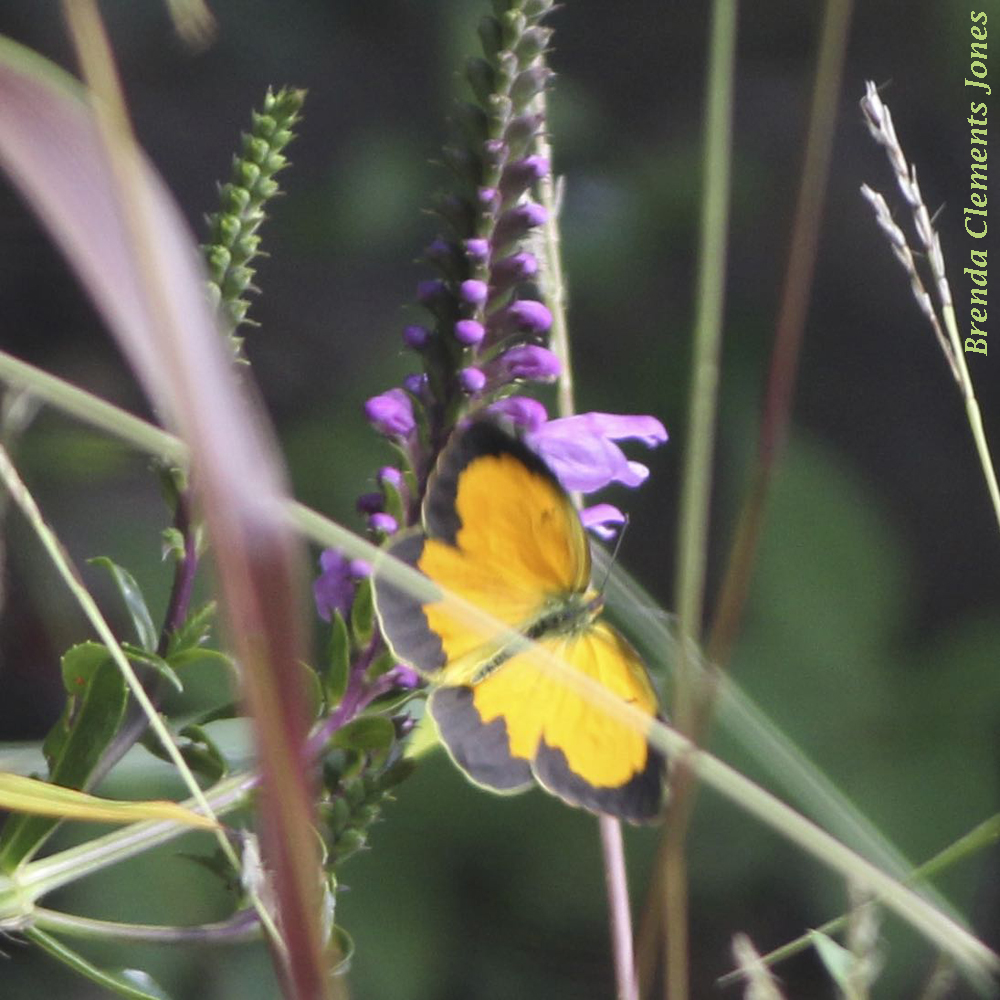
Obedient Plant (Physostegia virginiana). A lovely native to have in the garden. It’s native to North American in all states east of the Rockies but Florida, Massachusetts, and Connecticut. Obedient Plant can be found in the wild on river banks, wet ditches, prairies, swamps, and marshy areas. In moist sites it sometimes spreads aggressively. Sometimes…
-
Common Buckeye Revisited
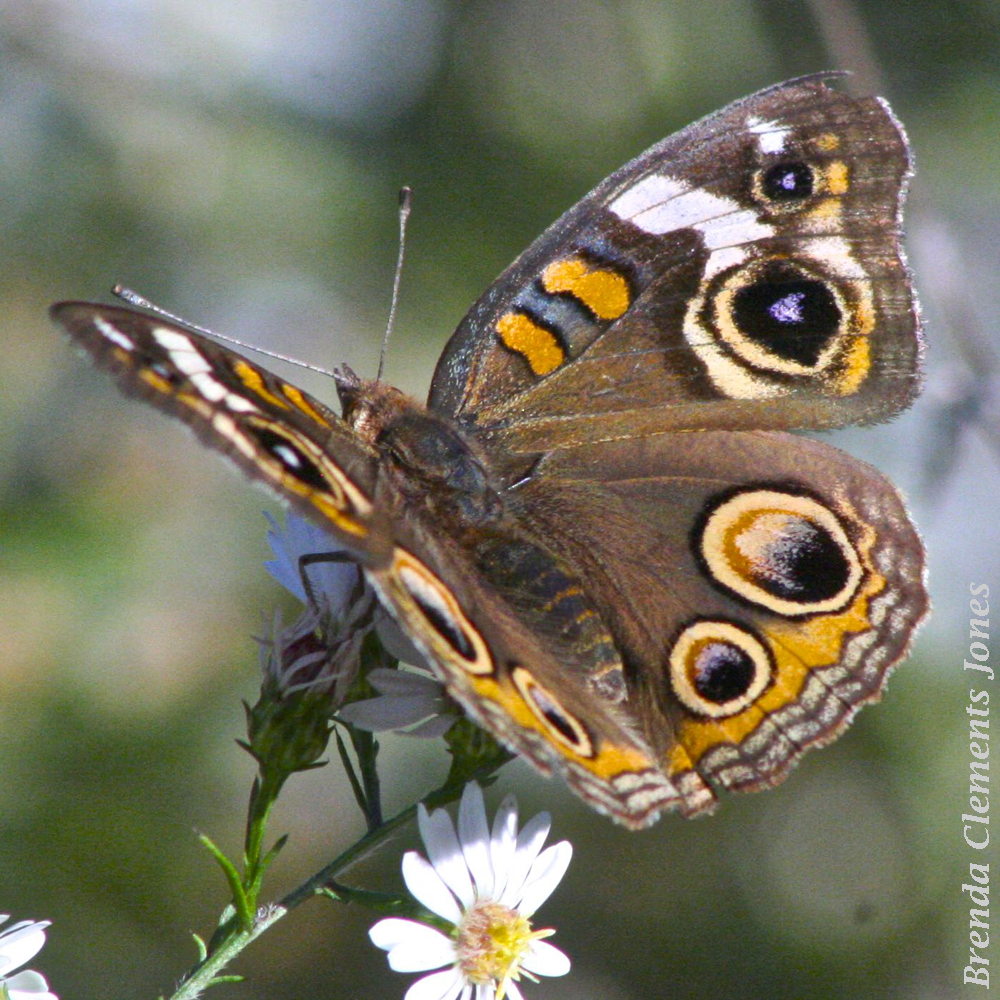
I’m looking forward to my Asters blooming. They are a big draw for an incredibly beautiful butterfly. The Common Buckeye (Junonia coenia). It’s when those Asters are blooming that I get to see the Common Buckeye. As an adult and butterfly they have a life of just six to twenty days. During those few days…
-
Juniper Hairstreak Revisited
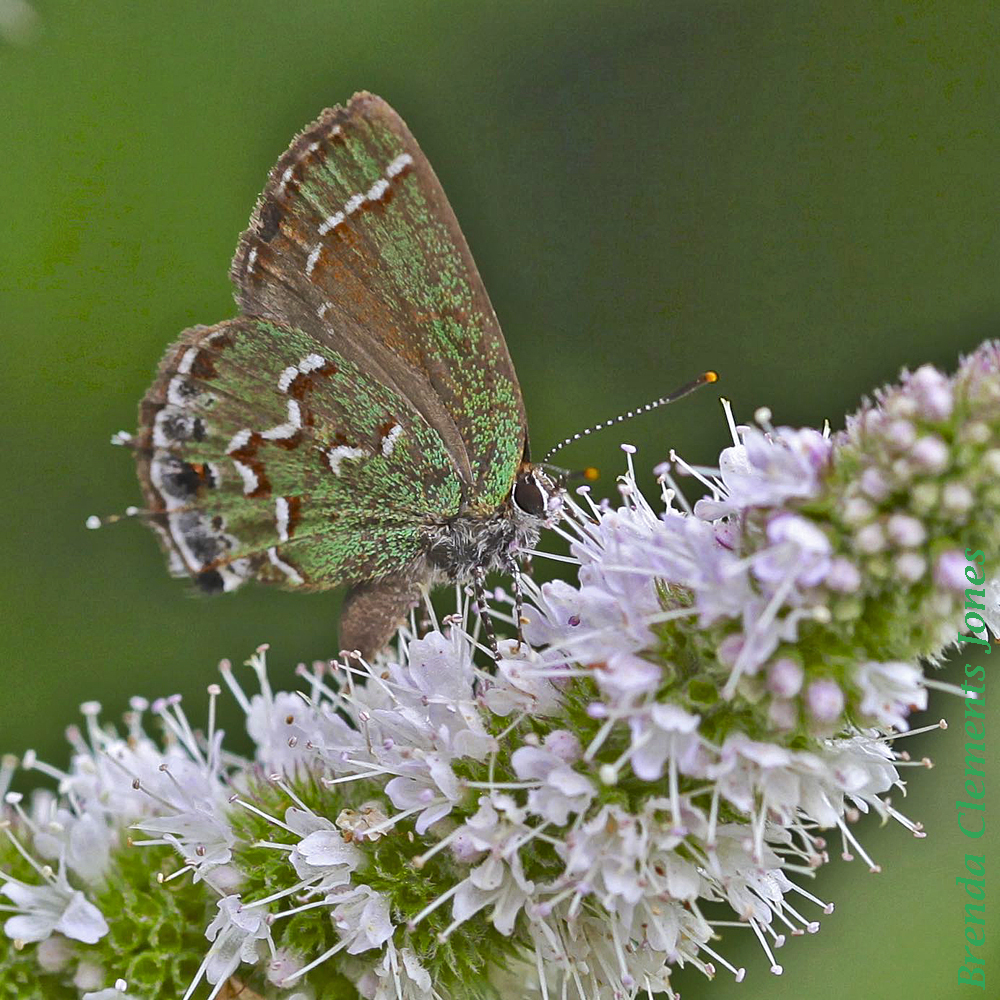
Juniper Hairstreak (Callophrys gryneus) is native to most of North America. Once thought to be two separate species, residents of eastern North America and western North America are now considered to be just one species. As butterflies, adult Juniper Hairstreaks seek the nectar of many flowers such as Queen Anne’s Lace, Winter Cress, Common Milkweed,…